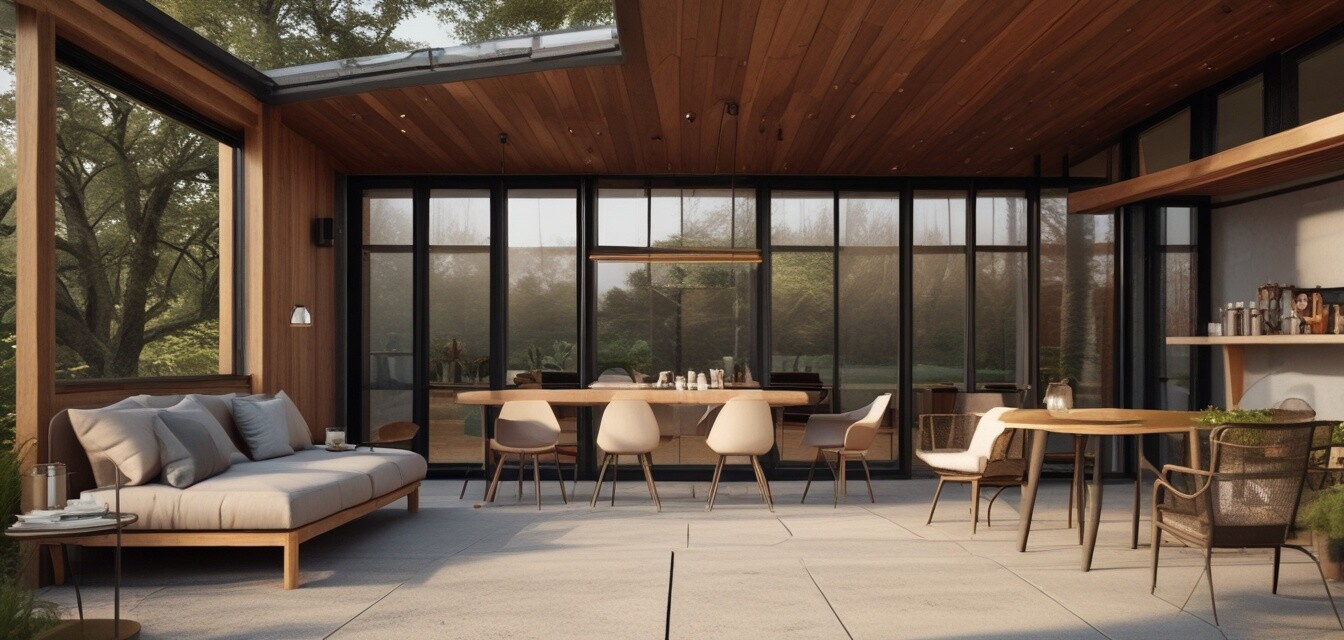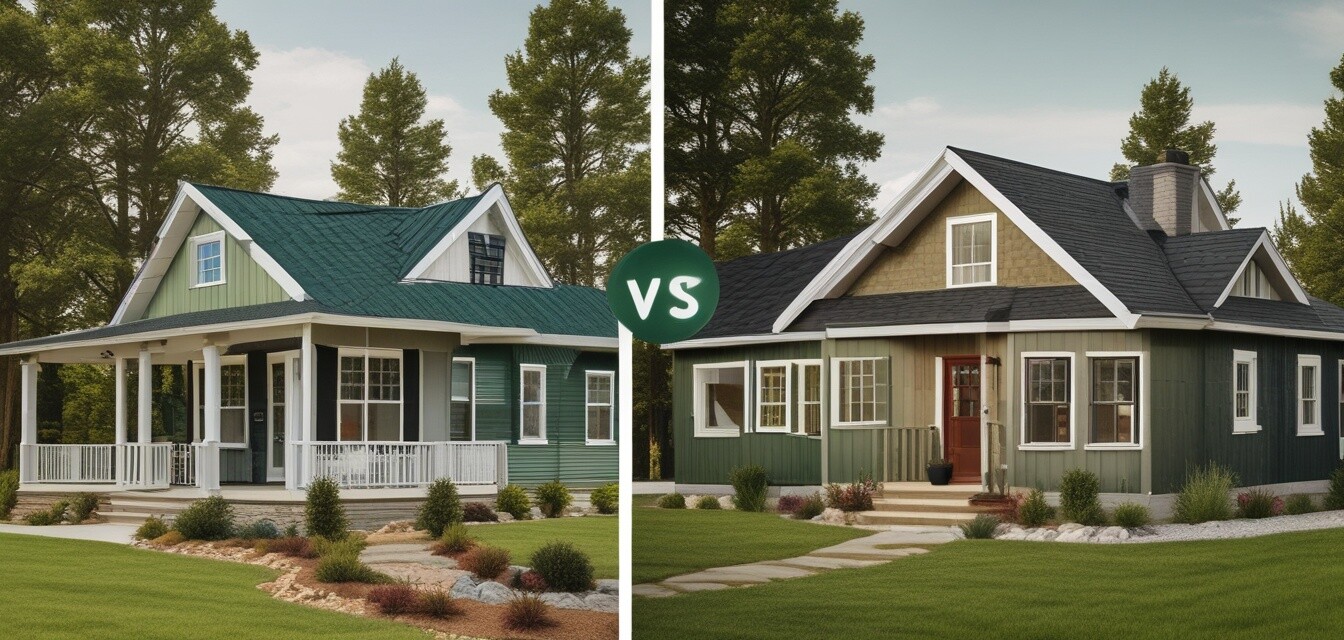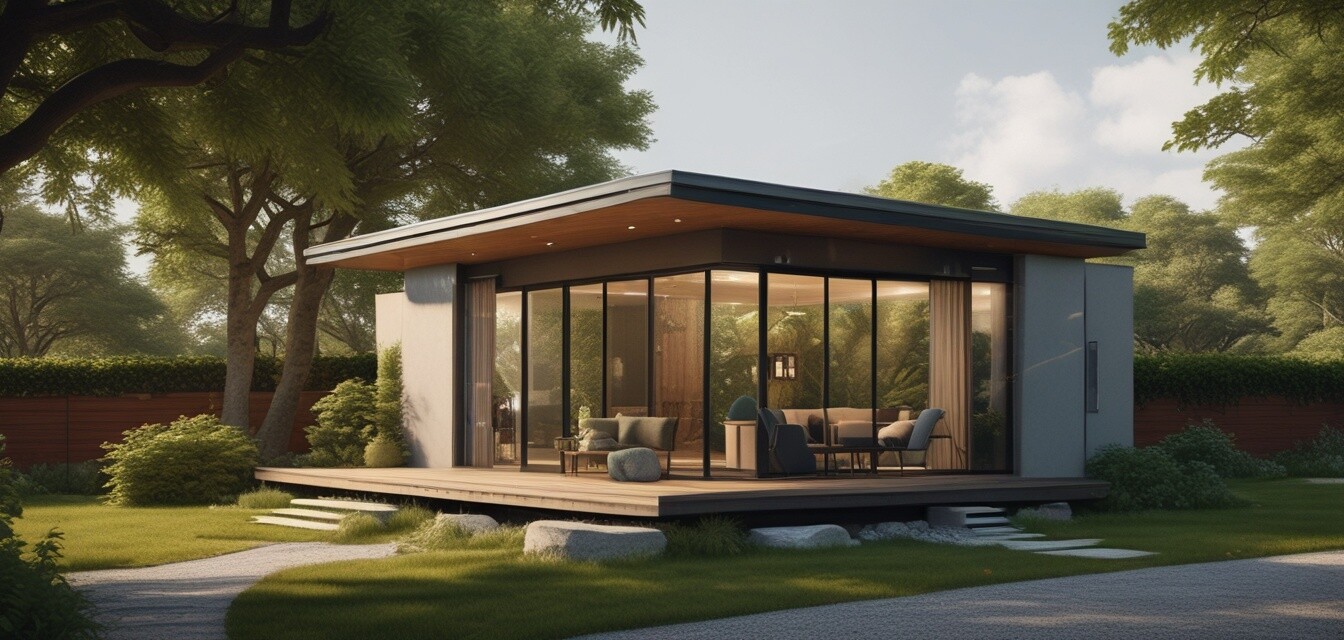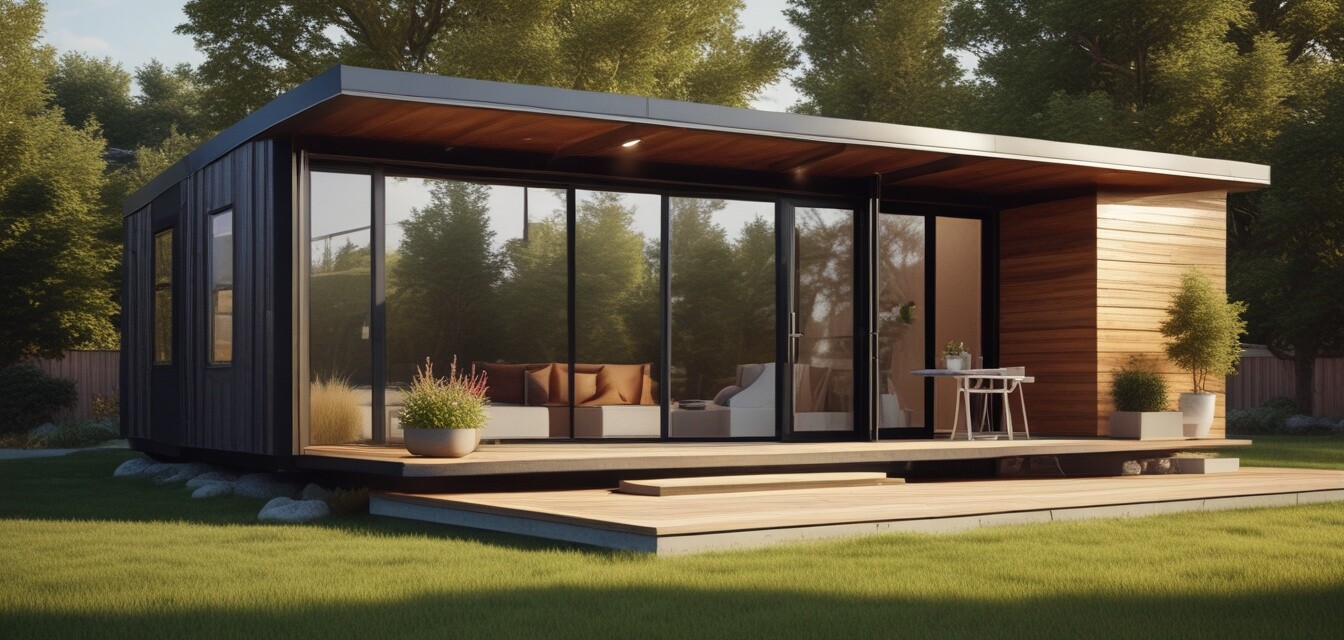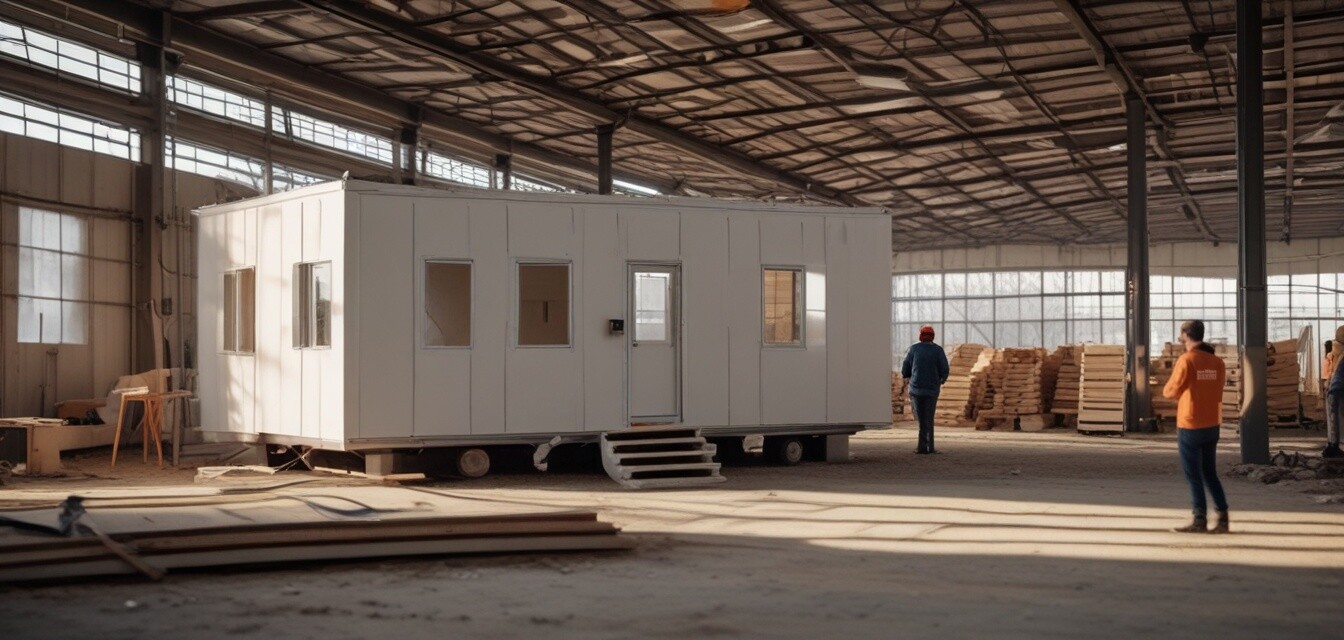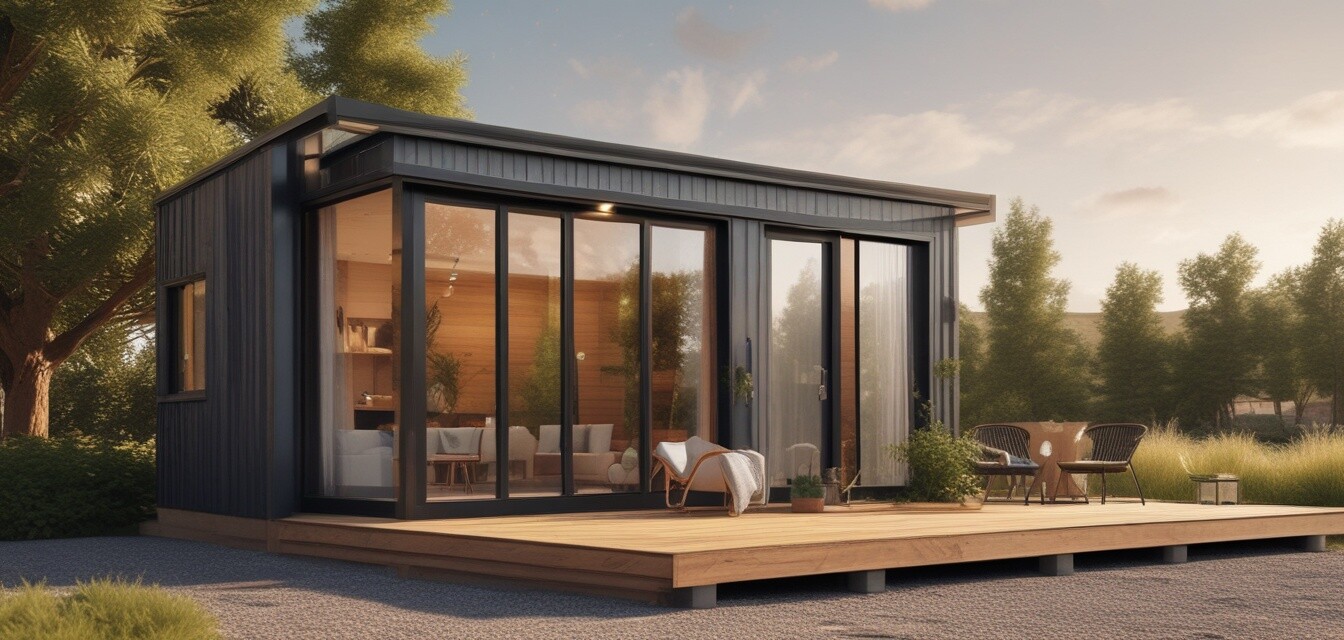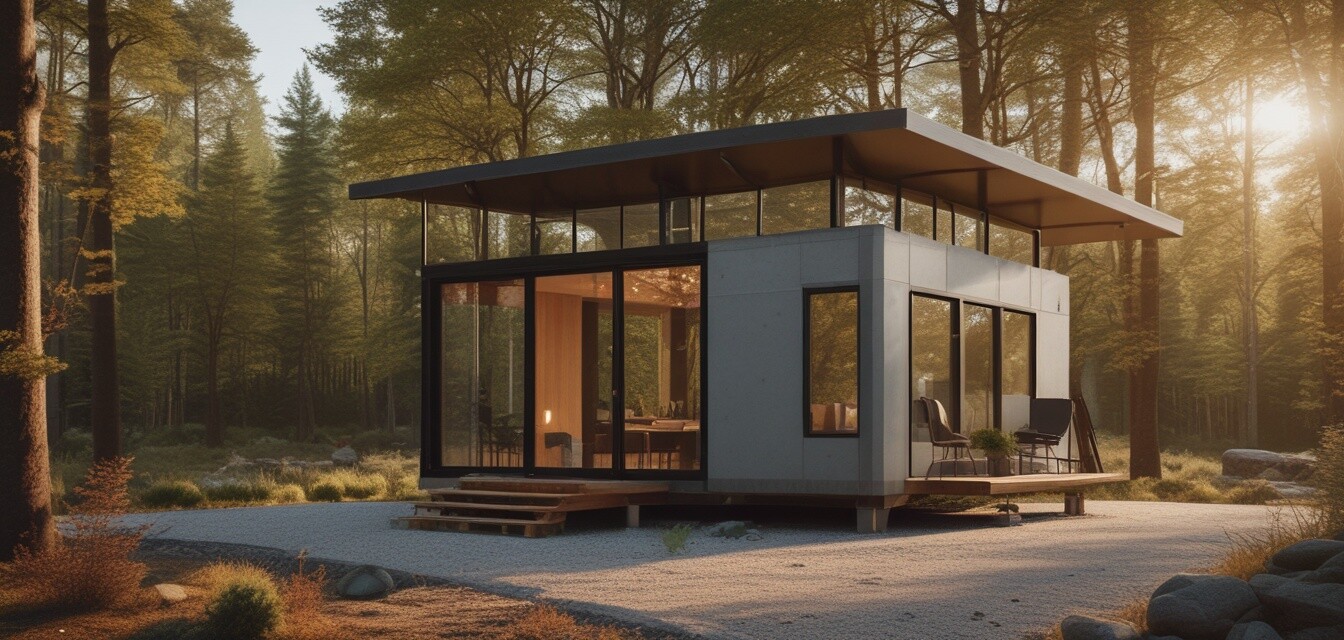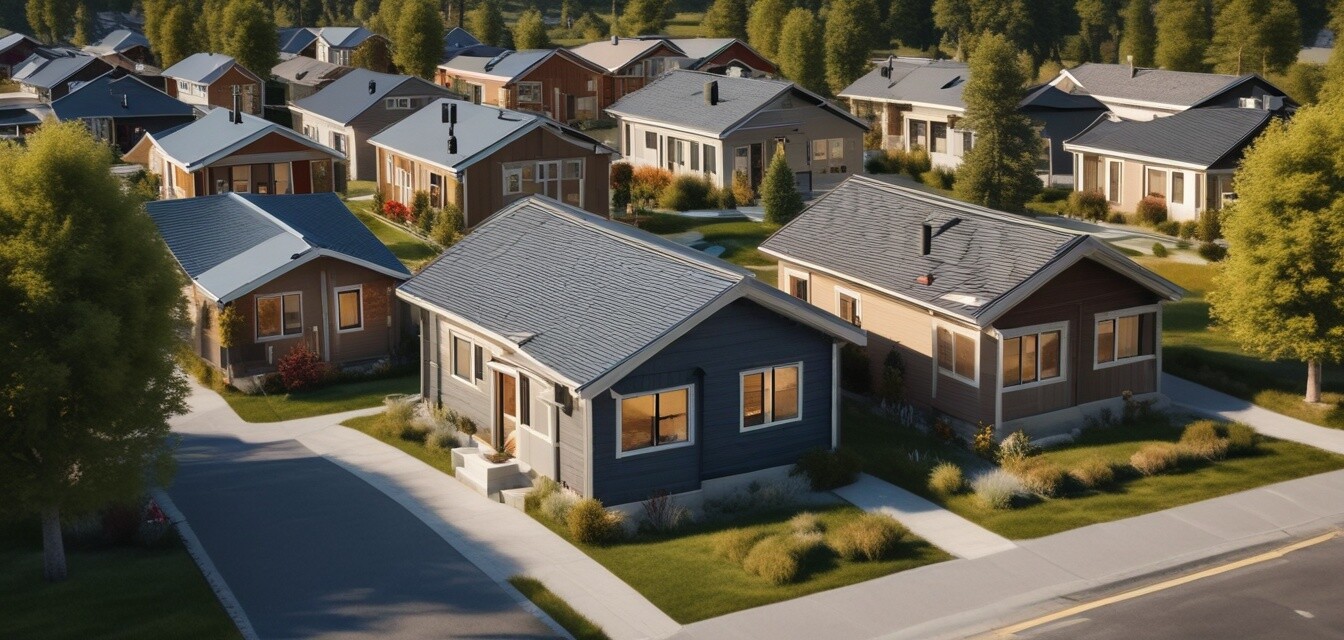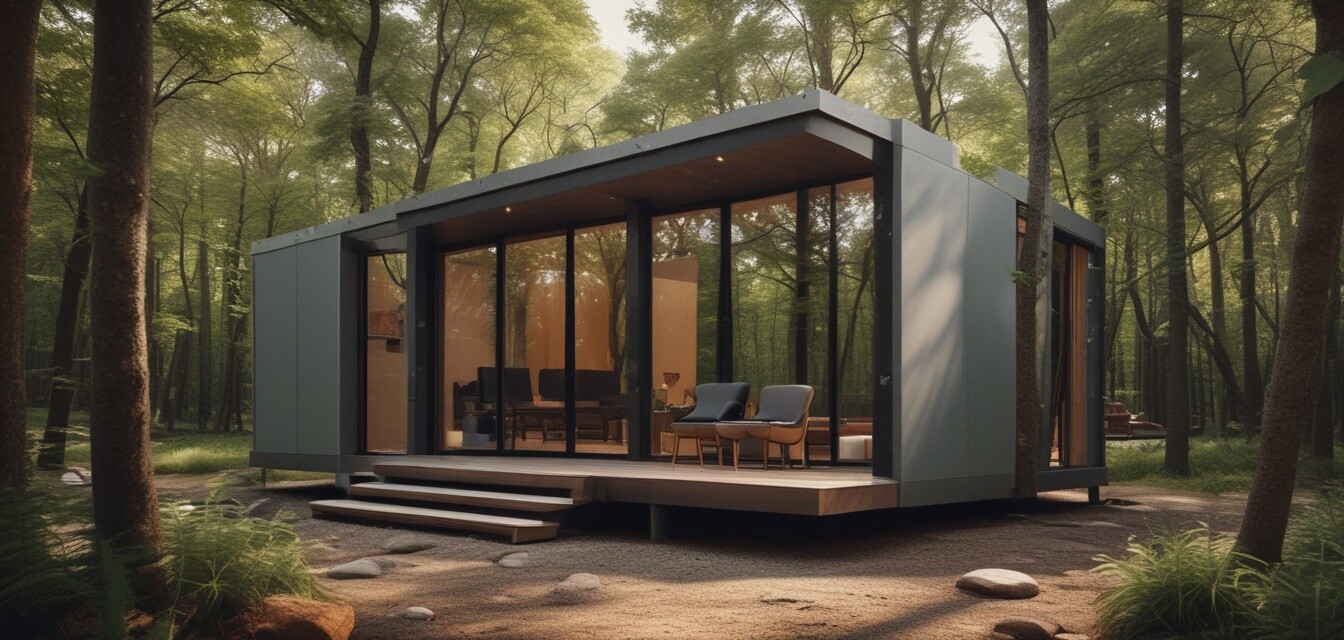
Disclosure: This content was generated with the assistance of AI and is not based on personal experience. It includes affiliate links, which means we may earn a commission if you make a purchase through them—at no additional cost to you. As an Amazon Associate, we earn from qualifying purchases. All product recommendations and endorsements are AI-generated and do not reflect personal opinions or hands-on evaluations.
Future Trends in Prefab Living
The prefab home industry is rapidly evolving, and it's crucial for potential homeowners to be aware of future trends that will influence the way we live. This article will provide key insights into various aspects of prefab living, including design innovations, sustainability practices, and technological advancements.
Key Takeaways
- The trend towards minimalism is driving the demand for tiny prefab homes.
- Sustainability is at the forefront of new prefab designs, utilizing eco-friendly materials.
- Technological advancements are making homes smarter and more efficient.
- Customization allows homeowners to design spaces that fit their unique lifestyles.
- Outdoor living and extensions are becoming increasingly popular in prefab homes.
The Rise of Tiny Living
The tiny living movement has gained significant traction as people seek simpler, more affordable lifestyles. Prefabricated homes fit seamlessly into this trend by offering compact, efficient living solutions. These homes often require less energy to maintain, making them an attractive option for environmentally conscious individuals.
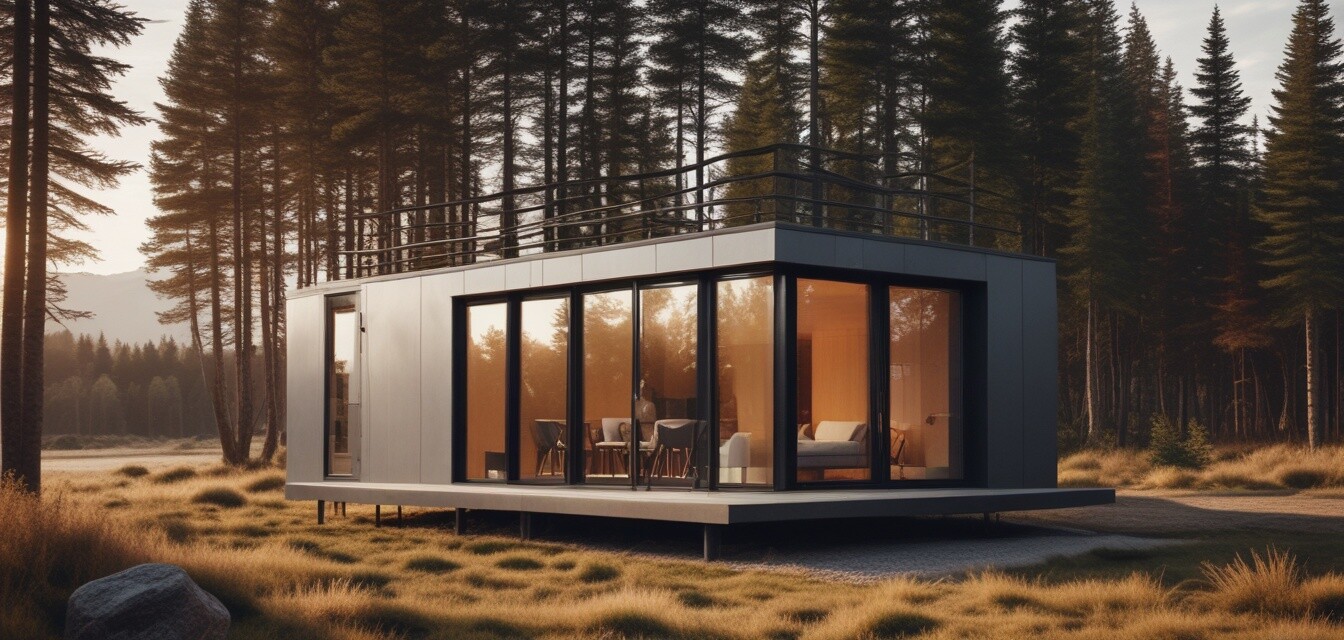
Advantages of Tiny Prefab Homes
| Advantages | Description |
|---|---|
| Affordability | Lower initial costs compared to traditional homes. |
| Energy Efficiency | Smaller spaces require less energy to heat and cool. |
| Minimalist Living | Encourages a decluttered lifestyle. |
| Simplified Construction | Faster build times due to prefab construction methods. |
Sustainability in Prefab Construction
As environmental concerns rise, so does the importance of incorporating sustainable practices into prefab construction. Many manufacturers are focusing on the use of sustainable materials and energy-efficient technologies to minimize their environmental impact.
Tips for Sustainable Living in a Prefab Home
- Choose homes made from renewable materials like bamboo or recycled steel.
- Install solar panels to harness renewable energy.
- Opt for high-efficiency appliances to reduce energy consumption.
- Implement water-saving fixtures to conserve resources.
Emerging Materials and Methods
New materials are being developed that are not only sustainable but also enhance the durability and aesthetic appeal of prefab homes. Some notable materials include:
- Cross-Laminated Timber (CLT): Lightweight and strong, offering design versatility.
- Insulated Concrete Forms (ICFs): Provide excellent insulation, reducing energy costs.
- Recyclables: Using salvaged materials for construction to minimize waste.
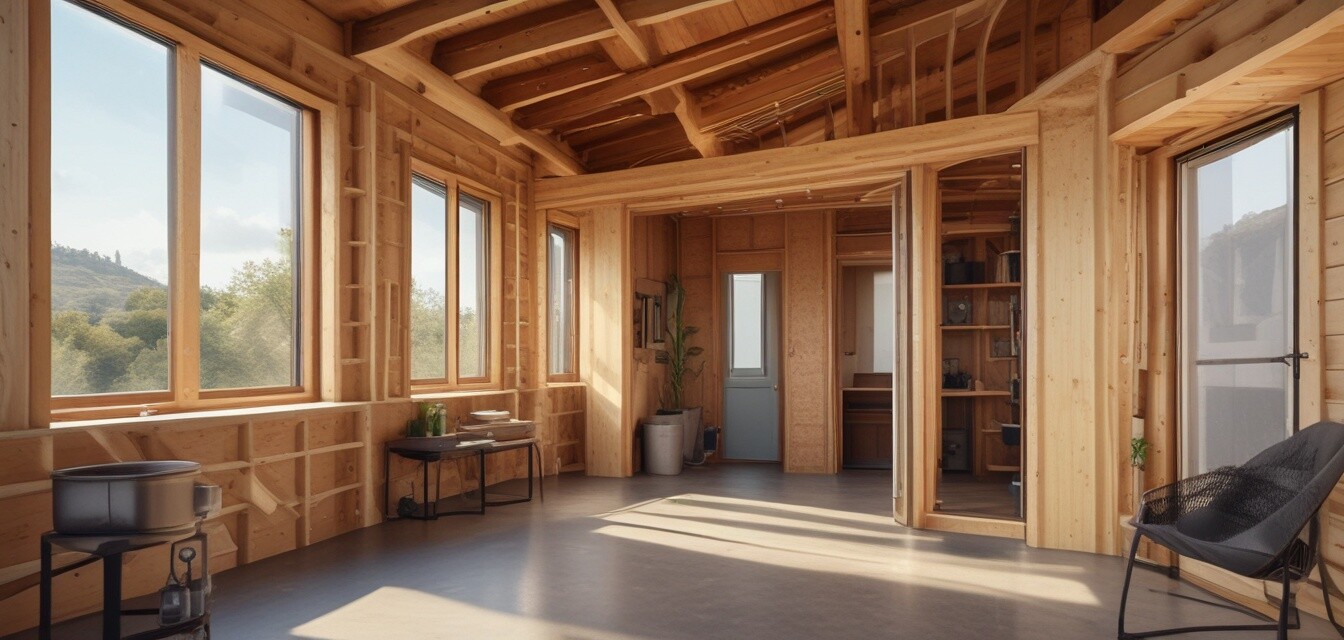
Technology and Smart Home Integration
With the rise of smart home devices, prefab homes are becoming increasingly connected. Incorporating technology into the design enhances the living experience, making homes more efficient and automated.
| Smart Home Device | Functionality |
|---|---|
| Smart Thermostats | Adjust temperature settings remotely for energy savings. |
| Smart Lighting | Control lighting with mobile apps for convenience and efficiency. |
| Home Security Systems | Monitor home security remotely through smart devices. |
Customization Options
One of the most appealing aspects of prefab homes is the ability to customize designs based on individual needs and preferences. Homeowners can choose layouts, finishes, and features that best suit their lifestyle.
Outdoor Living Spaces
The demand for outdoor living spaces has seen a significant increase, allowing owners to extend their living area outside. Prefab homes are being designed with patios, decks, and outdoor kitchens that harmonize with the surrounding environment.
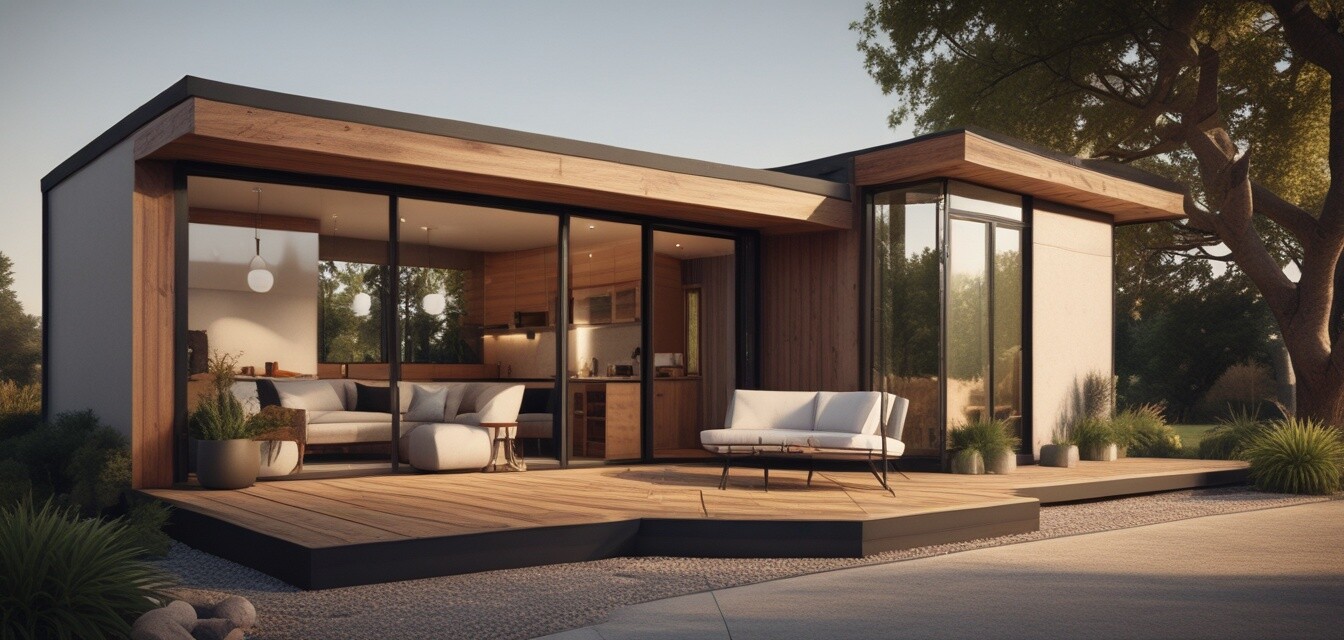
Conclusion
The future of prefab living is promising, with innovations that cater to modern lifestyles. From sustainability to smart technology, these homes offer efficient and flexible living solutions for a variety of needs. By staying informed about emerging trends, homeowners can make educated decisions that enhance their living experience and contribute positively to the environment.
Pros
- Cost-effective building option.
- Environmentally friendly materials and practices.
- Quick construction times.
- Flexible design and layout options.
Cons
- Limited customization with some manufacturers.
- Potential financing challenges.
- May require additional land preparation.

